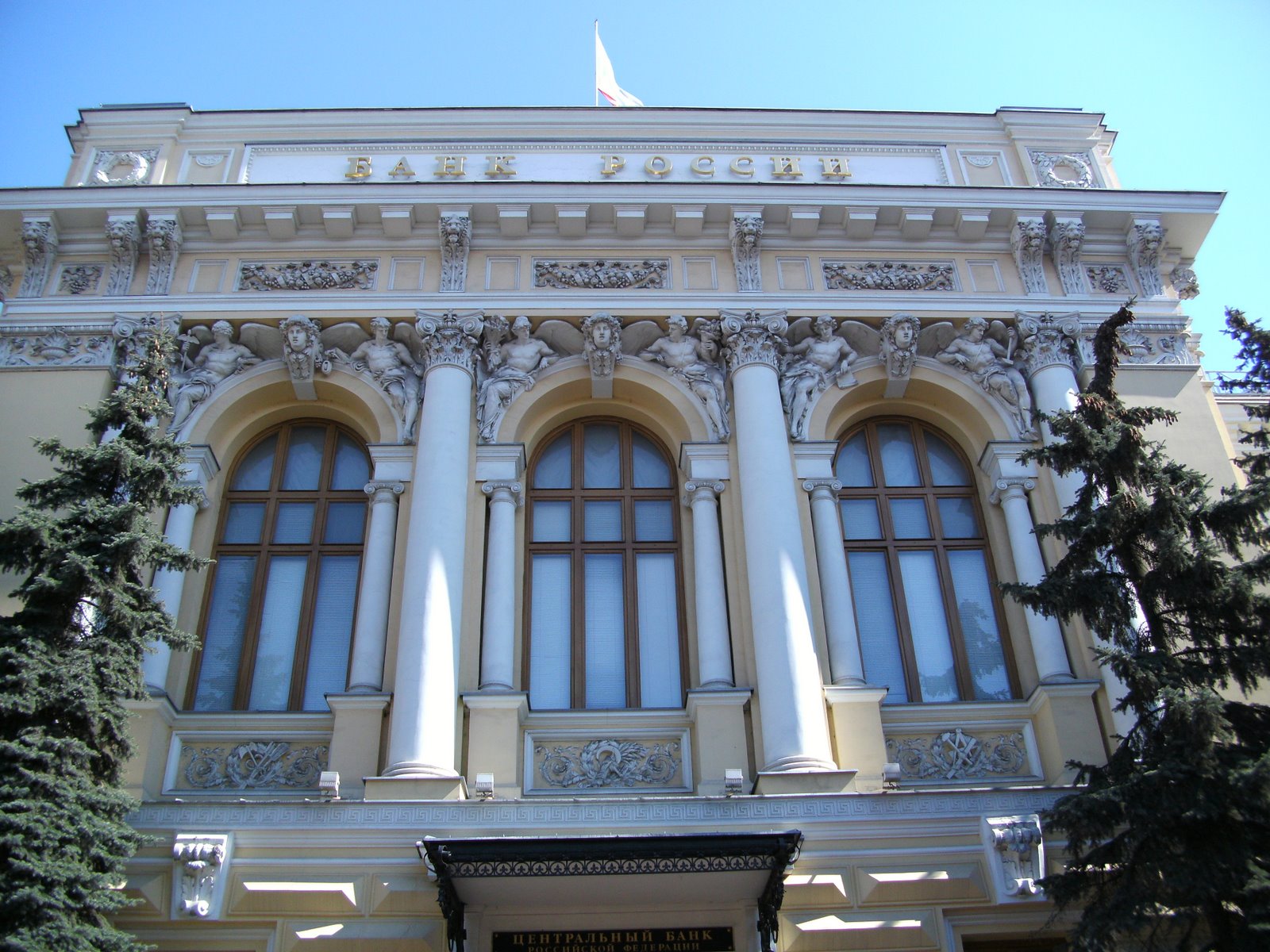
Russia Monitor is a review of the most important events related to Russian internal and external security, as well as its foreign policies.
Date: 4 November 2020
Weak Rouble, Tight Budget: New Lockdown Would Smash Russian Economy
Issues like political spats, low crude prices and the second wave of the coronavirus strike a blow to the Russian economy. However, authorities have resisted a second lockdown despite a surge in new cases. Yet the Russian national currency is seeing constant drops in value.

In early November, the rouble fell to 94 per one euro, hitting its worst levels since 2014. Neither repeated assurances from officials nor efforts made by the central bank proved effective. The rouble shed 30 percent of its value in just a year due to a set of both adverse factors at home and abroad. These are both short- and long-term. One example was uncertainty in global markets amidst the U.S. election, and earlier also concerns over possible sanctions against Russia following the attempted poisoning of Alexey Navalny. The rouble has also weathered a political crisis in neighboring Belarus. Indeed, there are also far deeper and more long-lasting risks like the coronavirus pandemic and low-priced crude oil in global markets. As for the novel virus, Russia has confirmed 18,648 new coronavirus cases as of November 3, bringing their total to over 18,000 daily cases for the fifth straight day. This leads to a total of 1,673,686 infected and 28,828 deaths by November 3, according to official data. However, the authorities said there would be no repeat of a spring lockdown. The Russian economy would completely hobble with new restrictions. Officials started easing spring measures quite quickly, a move that helped Russia sustain lower losses than in many other countries. Between January and August, the Russian GDP fell by roughly 3.6 percent year-on-year. Russia’s Economy Ministry expects the country’s gross domestic product to contract 3.9 percent this year, far less than its spring estimates. Yet the forecast did not take into account the second wave of the pandemic. Alexei Kudrin, the head of Russia’s Audit Chamber, is far more realistic, projecting a 4.8 percent decrease in the Russian gross domestic product and adding that the government should revise budget its 2021 budget plan. The problem is that the budget is already pretty tight. Russia’s only tool for easing the situation if it gets worse is the National Welfare Fund. The country’s rainy-day fund had $117 billion as of October 1, 2020. The thing is that the fund serves to cover differences between both the anticipated and actual crude prices worldwide, or it plugs a budget deficit from lower hydrocarbon revenues.
Support Us
If content prepared by Warsaw Institute team is useful for you, please support our actions. Donations from private persons are necessary for the continuation of our mission.
All texts published by the Warsaw Institute Foundation may be disseminated on the condition that their origin is credited. Images may not be used without permission.

















